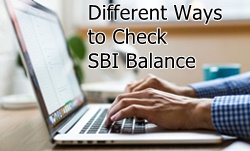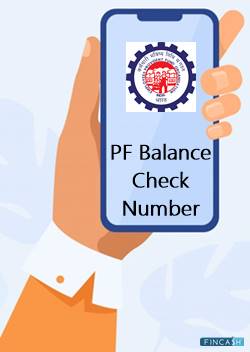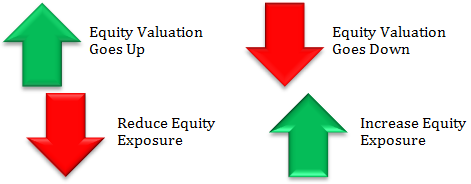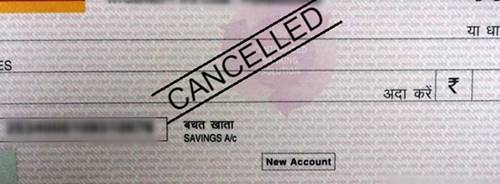
Table of Contents
What is Checks and Balances?
Checks and Balances meaning can be defined as the set of procedures that are implemented in order to prevent potential errors, inappropriate behavior and reduce the chances of the centralization of power. The main purpose of developing the checks and balances is to ensure that each person in the organization or a particular department takes part in decision making and other essential operations.
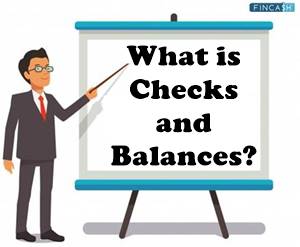
Basically, the checks and balances set certain procedures that are designed specifically to make sure that a single person does not enjoy complete power over decision-making. There must be cooperation between each member of the department when it comes to accomplishing tasks, working on the feedback, planning business goals, and making other important business decisions.
Understanding Checks and Balances
There are mainly three branches used by the government of the United States to practice checks and balances. This includes the judicial, legislative, and executive branches. They are supposed to follow the principles and all types of rules and regulations established by the federal government. This procedure is extremely important in firms where a single person has the power to make important business decisions that might have a significant impact on the overall operations of the company.
Usually, checks and balances are implemented by reputable and large companies. It comes with a high price tag, and it might have a negative impact on the Efficiency of operations. While it may cost you a lot of time and money in executing the procedures established by the government, checks and balances is the ideal way to figure out the potential internal as well as external theft in the organization.
The major goal behind separating the responsibilities of different employees is to ensure that the duties of every employee are clearly defined. Not only will it help companies manage the regular operations efficiently, but these government procedures will keep the rogue workers from causing any harm to the company. Such types of internal controls will make it a whole lot easier for the firm to enhance Operational Efficiency. Let’s check the best example of the checks and balances.
Talk to our investment specialist
Example
The constitution of the United States has separated the power enjoyed by the three essential branches, including the executive branch, judicial branch, and legislative branch. Each of these government branches has got special powers. This ensures that no single branch gets to enjoy the full power. Let’s understand the process of how each branch enjoys its unique power in detail.
The legislative branch is supposed to set laws for the country, but it is the executive branch that enjoys the right to offer veto power to the country’s president. Now, the president will be in charge of monitoring the laws set by the legislative branch. The judicial branch will be established by the legislative branch. The former is responsible for interpreting the laws set by the legislative branch. The judicial branch has the right to consider the laws unconstitutional by declaring them void.
All efforts have been made to ensure the information provided here is accurate. However, no guarantees are made regarding correctness of data. Please verify with scheme information document before making any investment.
